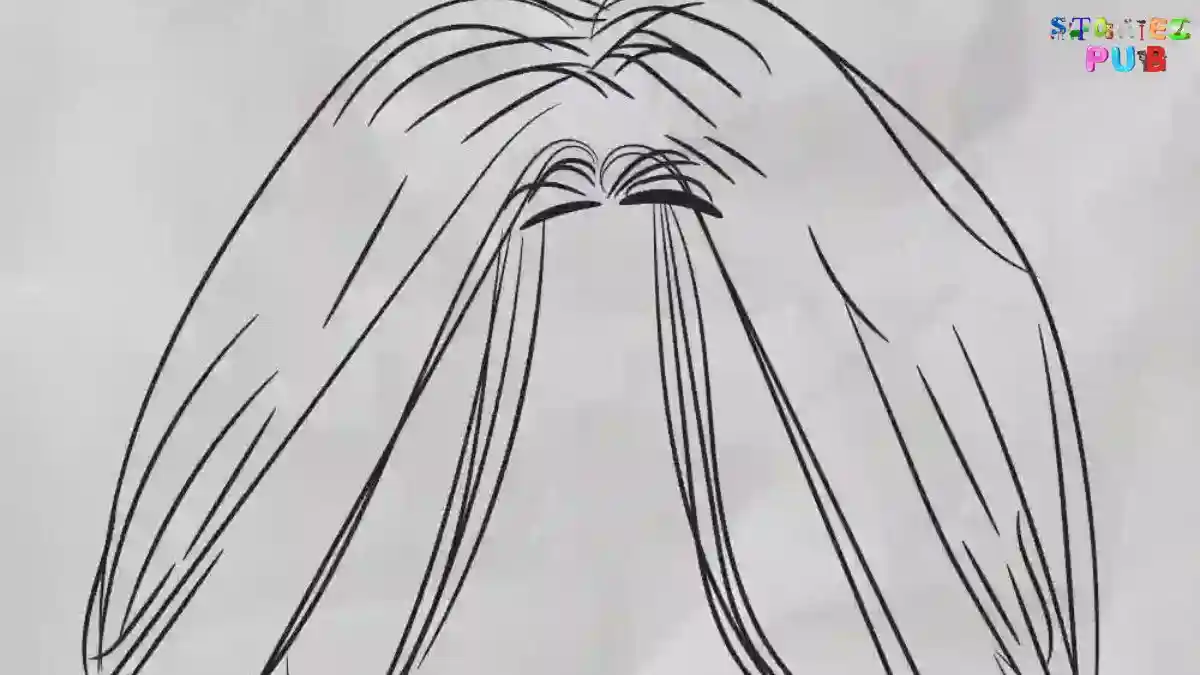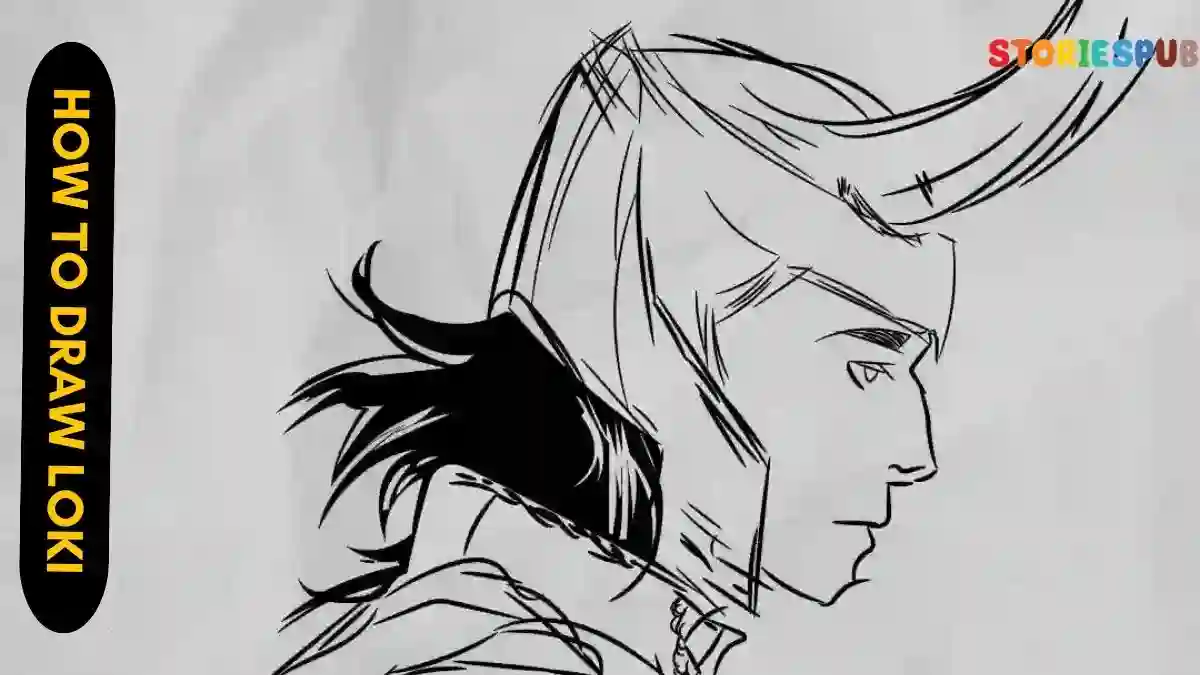Summarize this Article with:
The Four Symbols and the Black Tortoise

Long ago, in the early days of China, the world was ruled by the Yellow Emperor. During his reign, a group of four divine creatures emerged from the heavens, each with a different color and symbol. These creatures became known as the Four Symbols, and they were said to represent different aspects of the natural world.
The Four Symbols, also known as the Four Guardians, are a group of four mythological creatures in Chinese culture that have been revered and worshipped for centuries. Each of these creatures is associated with a cardinal direction, an element, and various virtues and qualities.
The first of the Four Symbols is the Azure Dragon, also known as the Blue Dragon or Qinglong in Chinese. The Azure Dragon is a powerful and majestic creature that represents the element of wood and the direction of the east. It is often depicted as a dragon with a blue-green body and sharp claws, and it is said to control the winds and the rain. The Azure Dragon is associated with qualities such as power, strength, and creativity, and it is often depicted in Chinese art and architecture as a symbol of good fortune and prosperity.
The second of the Four Symbols is the Vermilion Bird, also known as the Phoenix or Zhuque in Chinese. The Vermilion Bird is a fierce and fiery bird that represents the element of fire and the direction of the south. It is often depicted with colorful feathers and a long tail, and it is said to control the sun and the seasons. The Vermilion Bird is associated with qualities such as passion, beauty, and rebirth, and it is often used as a symbol of love and marriage in Chinese culture.
The third of the Four Symbols is the White Tiger, also known as the Baihu in Chinese. The White Tiger is a fearsome and ferocious beast that represents the element of metal and the direction of the west. It is often depicted as a tiger with white fur and sharp teeth, and it is said to control the winds and the clouds. The White Tiger is associated with qualities such as courage, power, and protection, and it is often used as a symbol of strength and bravery in Chinese culture.
Finally, the fourth of the Four Symbols is the Black Tortoise, also known as the Xuanwu in Chinese. The Black Tortoise is a wise and steady creature that represents the element of water and the direction of the north. It is often depicted as a giant tortoise with a long, snake-like tail, and it is said to control the waters and the rivers. The Black Tortoise is associated with qualities such as wisdom, longevity, and protection, and it is often used in Feng Shui as a symbol of stability and security.
Together, the Four Symbols represent the balance and harmony of the natural world. Each creature has its own unique qualities and virtues, but they work together to create a harmonious whole. They have been revered and worshipped in Chinese culture for centuries, and their symbols can be seen in art, literature, and architecture throughout China and beyond.
Each of the Four Symbols was associated with different virtues and qualities, such as courage, wisdom, and perseverance. They were often depicted in art and literature, and their symbols were used in divination and Feng Shui.
The Black Tortoise, in particular, was a revered creature in Chinese mythology. It was said to be a giant tortoise with a long, snake-like tail, and it was often depicted with a mountain or a waterfall on its back. The Black Tortoise symbolized longevity, wisdom, and protection, and it was believed to bring good luck and fortune to those who honored it.
In Feng Shui, the Black Tortoise was often placed in the north of a home or building, as this direction was associated with the element of water and the winter season. By placing a statue or image of the Black Tortoise in the north, it was believed that one could bring stability and protection to their life.
As with many myths and legends in Chinese culture, the story of the Black Tortoise and the Four Symbols has been passed down through generations and adapted in various ways. It has inspired countless works of art and literature, and its symbols can be seen in many aspects of modern Chinese culture.
One of the most popular legends involving the Four Symbols tells the story of a young man named Yu, who is tasked with controlling the floodwaters that have devastated the land. The story goes that during the reign of the legendary Emperor Yao, China was struck by a massive flood that destroyed crops, homes, and entire villages. Emperor Yao tasked Yu, a skilled engineer and inventor, with controlling the floodwaters and saving the people from disaster.
For years, Yu worked tirelessly to dig canals, build dams, and redirect the flow of water. But despite his best efforts, the floodwaters continued to rise, and the people were on the brink of despair. It was then that Yu received a vision from the divine beings of the Four Symbols – the Azure Dragon, the Vermilion Bird, the White Tiger, and the Black Tortoise.
The Four Symbols told Yu that they would help him control the floodwaters, but he would need to find them first. So Yu set out on a quest to find the Four Symbols, traveling across mountains and valleys, through forests and rivers, and finally arriving at the shore of a vast ocean. There, he saw a giant turtle emerging from the water – the Black Tortoise.
The Black Tortoise told Yu that he could control the floodwaters by using the powers of the Four Symbols. The Azure Dragon would control the winds, the Vermilion Bird would control the fire, the White Tiger would control the metal, and the Black Tortoise would control the water. Together, they would be able to restore balance to the land and save the people from disaster.
With the help of the Four Symbols, Yu was able to control the floodwaters and save the people from disaster. He dug canals, built dams, and redirected the flow of water, using the powers of the Four Symbols to control the elements and restore balance to the land. In the end, the people were saved, and Yu was hailed as a hero.
Another popular myth involving the Four Symbols is the battle between the Azure Dragon and the Black Tortoise. In this story, the Azure Dragon and the Black Tortoise are vying for control over a lake, each believing that they are the rightful guardian of the water. The two creatures engage in a fierce battle, using their elemental powers to try and gain the upper hand.
The Azure Dragon unleashes powerful gusts of wind, while the Black Tortoise uses its control over the water to create massive waves. The battle rages on for days, with neither creature gaining the upper hand. But in the end, the Black Tortoise emerges victorious, using its wisdom and steady nature to outmaneuver the Azure Dragon.
As a result of its victory, the Black Tortoise is said to have gained even greater wisdom and power. It becomes a symbol of stability and protection, revered and worshipped in Chinese culture as a guardian of the north and the element of water.
These legends involving the Four Symbols demonstrate the enduring power and significance of these mythological creatures in Chinese culture. They are symbols of balance and harmony, of strength and wisdom, and of the power of the natural world.
Chinese mythology is rich with stories of mythical creatures and beings, such as dragons, phoenixes, and qilin. These creatures often symbolize different virtues or qualities, and they are often associated with different elements and directions.
Common themes in Chinese mythology include the importance of balance and harmony, the power of wisdom and knowledge, and the value of loyalty and perseverance. These themes have had a significant influence on Chinese culture and continue to inspire people around the world.
Chinese myths and legends have also been adapted in various ways by cultures around the world. They have inspired countless works of art, literature, and film, and they continue to captivate and inspire people of all ages and backgrounds.
In conclusion, the story of the Black Tortoise and the Four Symbols has endured through the ages as a powerful symbol of wisdom, longevity, and protection. It is a testament to the enduring power of Chinese mythology and its ability to captivate and inspire people from all walks of life.
As the story of the Four Symbols and the Black Tortoise continues to be passed down through generations, it serves as a reminder of the importance of balance and harmony in our lives. It reminds us to honor the natural world and the creatures that inhabit it, and to seek wisdom and knowledge in all that we do.
Whether through the practice of Feng Shui or the celebration of Chinese festivals and holidays, the Four Symbols and the Black Tortoise continue to play a significant role in modern Chinese culture. And as more people around the world discover the rich history and mythology of China, it is certain that these symbols will continue to inspire and captivate for generations to come.
Hey kids, how much did you like The Four Symbols and the Black Tortoise? Please share your view in the comment box. Also, please share this story with your friends on social media so they can also enjoy it, and for more such Chinese Mythology, please bookmark storiespub.com.
Related Post :
Black Tortoise FAQ
What is Chinese mythology?
Chinese mythology refers to the collection of myths, legends, and folklore that originated in China and have been passed down through generations.
Who are the Four Symbols in Chinese mythology?
The Four Symbols are a group of four mythological creatures in Chinese culture that represent different elements and directions. They are the Azure Dragon, the Vermilion Bird, the White Tiger, and the Black Tortoise.
What are some other mythical creatures in Chinese mythology?
Other mythical creatures in Chinese mythology include dragons, phoenixes, qilin, and yao.
What is the significance of the Black Tortoise in Chinese mythology?
The Black Tortoise is a symbol of wisdom, longevity, and protection in Chinese mythology. It is often associated with the element of water and is revered as a guardian of the north.
How is the Black Tortoise related to Feng Shui?
In Feng Shui, the Black Tortoise is often placed in the north of a home or building as a symbol of stability and protection. It is believed to bring good luck and fortune to those who honor it.
What are some common themes in Chinese mythology?
Common themes in Chinese mythology include the importance of balance and harmony, the power of wisdom and knowledge, and the value of loyalty and perseverance.
How has Chinese mythology influenced modern culture?
Chinese mythology has influenced modern culture in various ways, from inspiring works of art and literature to being featured in films and video games.
What are some popular Chinese legends and folktales?
Popular Chinese legends and folktales include "Journey to the West," "The Legend of the White Snake," and "The Romance of the Three Kingdoms."
What are some differences between Chinese and Western mythology?
One major difference between Chinese and Western mythology is that Chinese mythology places more emphasis on harmony and balance, while Western mythology often focuses on individual heroes and their conquests.
How have Chinese myths and legends been adapted in other cultures?
Chinese myths and legends have been adapted in other cultures in various ways, such as through translations of classic works, film adaptations, and popular culture references.














